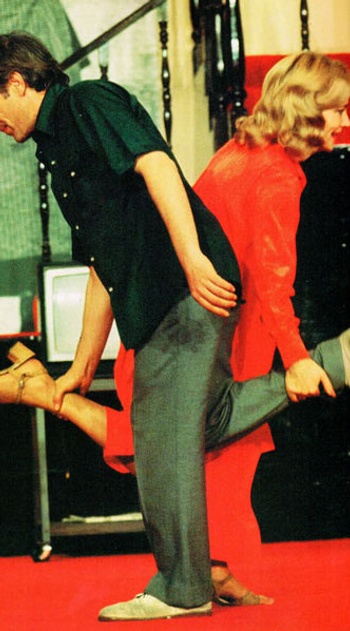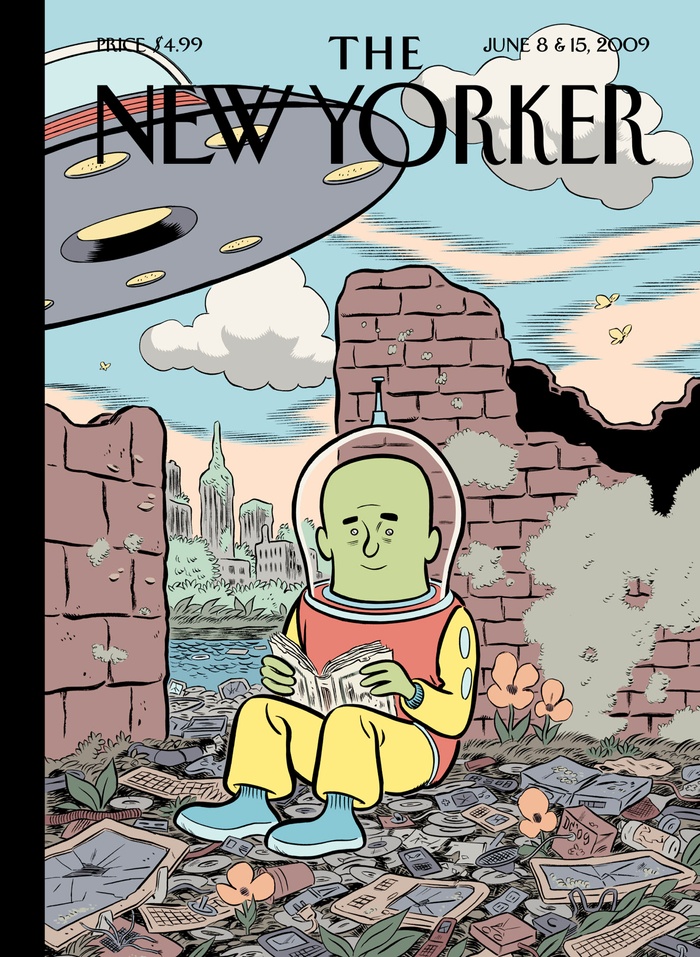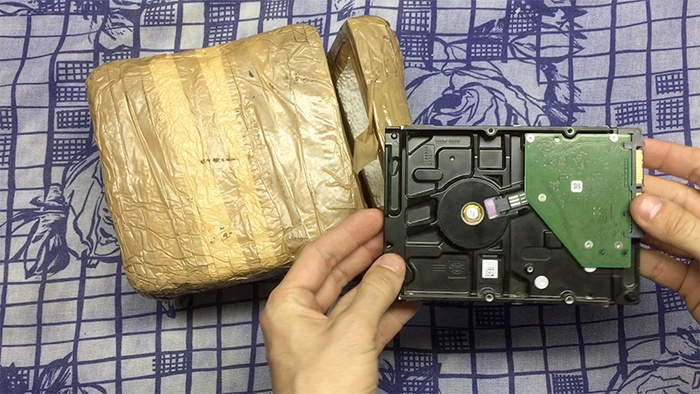GRAPHIC DESIGN, Art 752, Mobile Computing
For second-year graphic design students. This course explores the unique opportunities and qualities available to technology-based design when it is placed in the hands and ears of pedestrians, drivers, aviators, tourists, and other mobile agents. From Paul Virilio’s observation that the Walkman provided pedestrians the syncretic construction of their own outdoor realities “in kit form,” to the 25 billion iPhone applications that have now been downloaded, from “glass cockpits” and GPS systems to handheld museum guides, graphic designers now commonly shift the very interface between people and the environments they explore. But how should we? With reference to avant-gardes that have contributed to and predicted today’s state of the art, including Fluxus, outdoor communication through fashion, and science fiction, the class asks students to design their own applications for the iPhone and other mobile devices. We focus in particular on interaction design for public and private contexts, and user experiences that include users, device, and environment. Applications are Web-based so that advanced programming is not required. Students need not own a smartphone. ART 742b or similar experience is strongly recommended. Dan MichaelsonEditor details
Last edited by: Teto Elsiddique
Edit access: Staff, Faculty


Part 1. The tell
We begin with the phone in your pocket. Each of us has our own way of speaking, our own way of writing, our own tics and habits. Invent a simple app for the smartphone (one or two screens) whose user interface meets your needs and your needs only. In its language, its ergonomics, its mentality, its worldview, its efficiencies, its poetics, it is as customized as possible to you. Without guidance, it might not be usable or even comprehensible by anyone else.
Your app may have a simple purpose or it may just be a toy or a nervous quirk. If you’re comfortable with programming, implement it in HTML and JavaScript. Otherwise, implement a mockup as static screens or a movie which are sized correctly to fit the phone and can be demonstrated on the phone. In either case, Keep It Simple!
Finally, produce a document explaining your interaction language to others. This document could serve as a guideline for others who want to make apps for you.
Beginning writers are told to “show the readers everything, tell them nothing,” a quote often attributed to Hemingway. How incisive, surprising, and valuable is what you’ve shown us about yourself through your language of interaction? Consider this criteria as you invent your project. Although the app you are designing is a personal one, as a design project your audience is broad – for now, at least as broad as your classmates. Engage us and let us see something new.
Schedule: 2 weeks
Editor details
Last edited by: Dan Michaelson
Edit access: Everybody
Part 2: Convert.
During Part 2, you may do either or both of these projects (Option A, Option B). The schedule is organized around a single long-term project.
A goal of this Part is to develop our own methods, documents, and processes for user experience design. Your approach to the design process itself should be inclusive, agile, exploratory, user-focused, humanistic, and novel.
Option A. Augmented reality
Advance your thesis through an augmented reality application. For example, imagine a phone which shows an additional 2D or 3D graphical layer overtop of live camera imagery, when the phone is lifted to point at the world.
You may wish to consider designing in-real-life markers or graphics to help synchronize the display, or to provide context in the real world.
Option B. We live in a material world.
Advance your thesis through a retail mobile commerce app or site. This could be a store, a point-of-sale system, or some other application that facilitates the sale of goods to consumers.
Consider the customer experience and “journey” carefully and seriously, and if you want, the staff experience. Observe brick-and-mortar retail in New Haven or in other cities and towns, even at a small scale. How do people and goods move around? And of course, what are you selling? How might these observations be adapted to a mobile digital experience? What can a digital store do that a physical store can’t? Or how can they work together?
Give careful consideration to every aspect of the experience, including the entire checkout flow etc. How can you bring these into the universe of your thesis?
Schedule
The schedule is divided into several UX process milestones. You are encouraged to interpret these milestones in innovative ways or to develop novel, specific, evocative, poetic, or experimental formats for each step.
Week 1. User research / contextual interviews / personas / scenarios
Week 2–3. Journey map / scenario storyboards
Week 4–5. Wireframes / wireframe prototype
Week 6–9. Visual design / completed prototype
Editor details
Last edited by: Dan Michaelson
Edit access: Everybody







